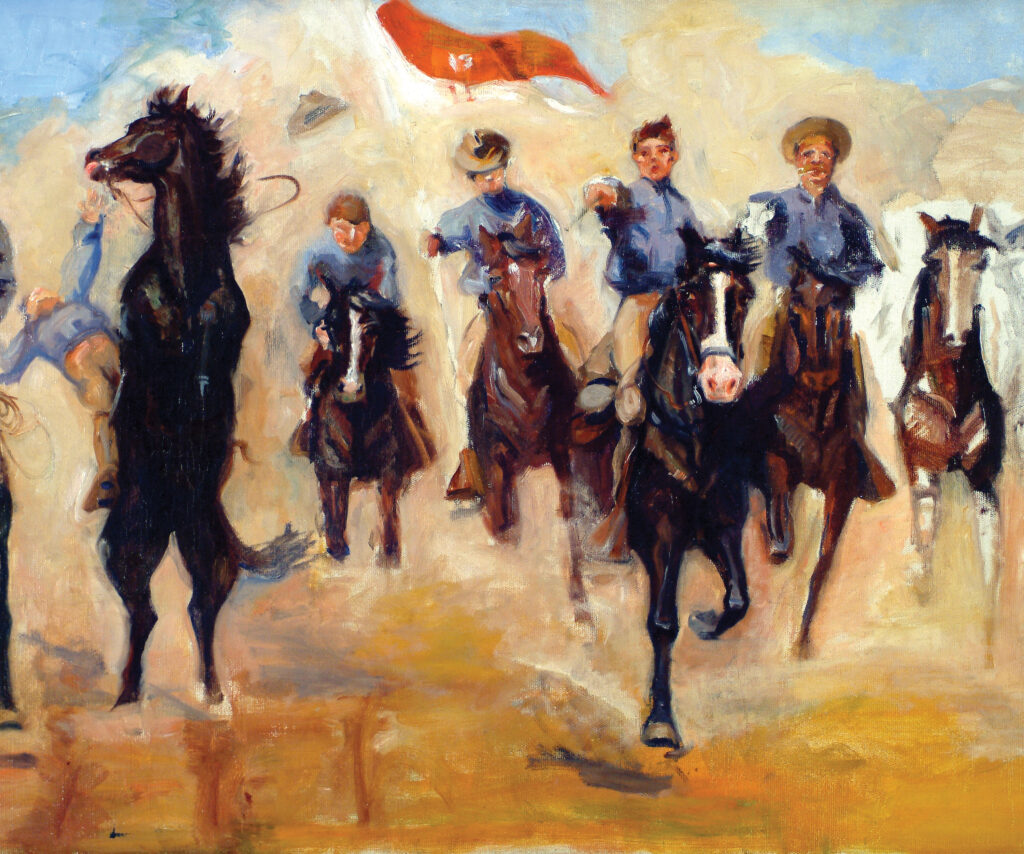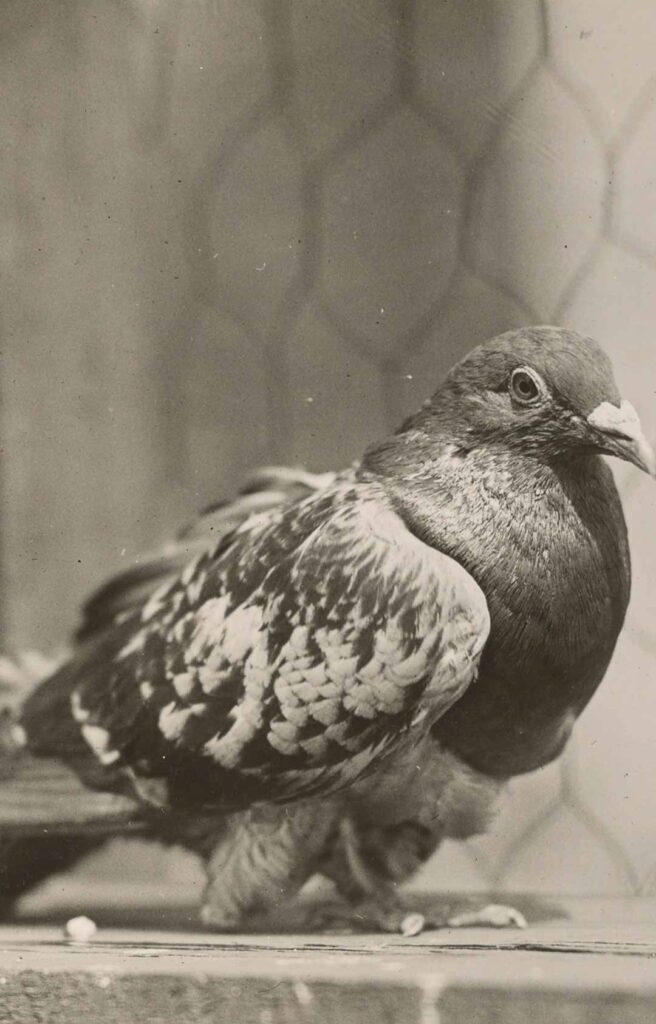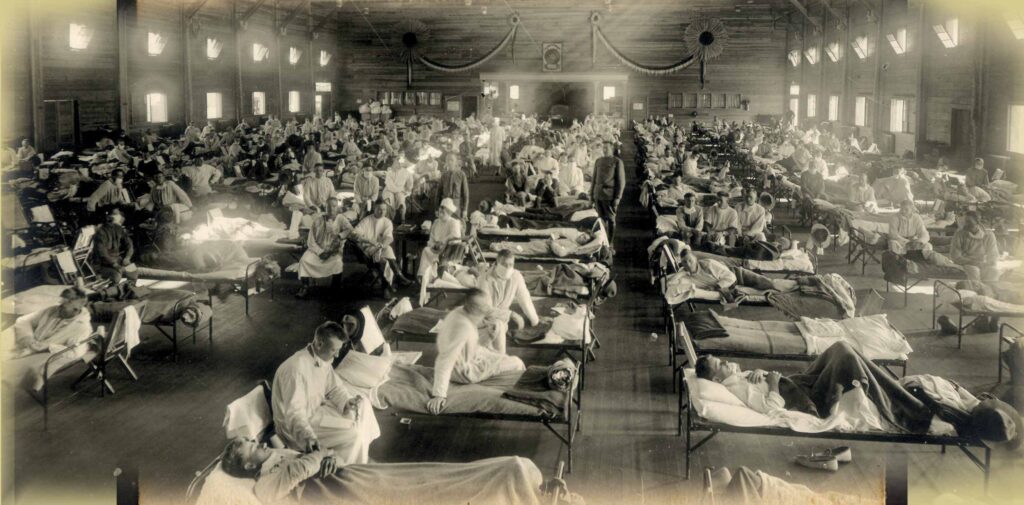Cavalry And Armor Art

The origins of the U.S. Army’s mounted forces date back to 12 December 1776, when the Continental Congress authorized a regiment of cavalry.
Tools of War- Messenger Pigeons

The U.S. Army has a long history of employing animals in various missions. From the oxen-drawn sleds of the Knox Expedition dragging cannon from Fort Ticonderoga to Dorchester Heights outside of Boston in 1776, the Camel Corps experiment in the Southwest during the mid-nineteenth century, the Army’s long history with horse cavalry, to the use of dogs in the twentieth and twenty-first centuries, animals and the Army have long been intertwined
The Flu Strikes Fort Belvoir: Camp A. A. Humphreys and the Spanish Influenza Pandemic of 1918

Each year, as the fall and winter months approach, many Americans become concerned with getting their annual flu shots to ward off the latest strains of influenza, a potentially deadly disease. In the summer and autumn of 1918, the Spanish influenza pandemic struck Europe and the Americas, killing millions of people during the closing stages of World War I. This article will examine how the flu struck Camp A.A. Humphreys (now Fort Belvoir), Virginia, in 1918 and how military authorities coped with its effects.
From the Army Art Collection: Field Artillery

American Field Artillery continued to play an important role in post-World War II conflicts such as the Korean, Vietnam, and Persian Gulf Wars.
AH-56 Cheyenne

The Army set 24 November 1964 as the deadline for proposal submission and expected to determine a winner and award a contract by 1 November 1965. Twelve companies submitted proposals for the AAFSS, but the Army realized that it would need an interim measure to fill the immediate need for an attack helicopter while the AAFSS was fully developed.
U.S. Army Fire Trucks 1925-1942

World War I accelerated America’s transition from horses to motorized transportation. The U.S. Army Transportation Museum website (http://www.transchool.eustis.army.mil/Museum/LIBTrucks.htm) lists forty-six truck manufacturers that contributed to the development of Army trucks during the war, resulting in the production of 118,000 trucks for the military. Of these, only 51,554 were shipped overseas. The most famous of these trucks was the “Liberty” Truck. The Liberty Class B, also known as the Standard B, was a three ton, 4×2 workhorse propelled by a 425 cubic inch, four-cylinder, fifty-two horsepower engine.
America’s First Division 90 years ago

The idea of permanent divisions percolated throughout the U.S. Army for at least twenty years prior to 1917. The basic formation for more than a century had been the single arm regiment. Temporary “divisions” had been formed in the Civil War and the Spanish-American War to consolidate commanders’ span of control and to combine infantry and field artillery. While the major European powers organized divisions in the late nineteenth and early twentieth centuries,

